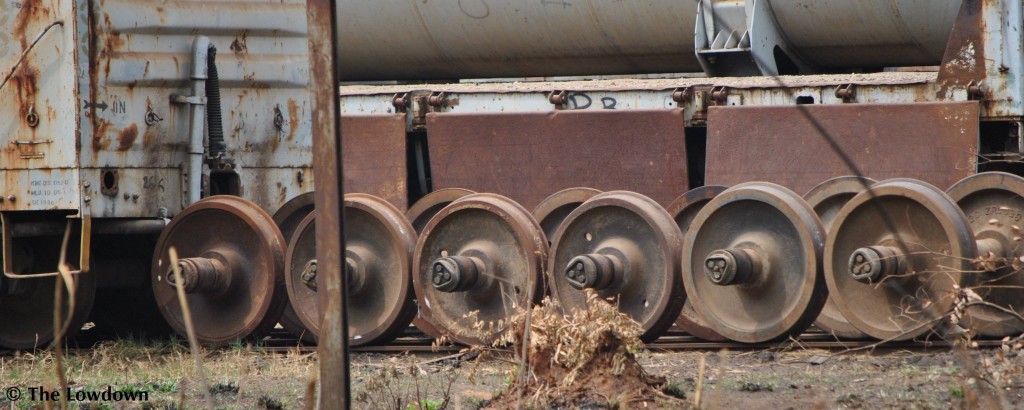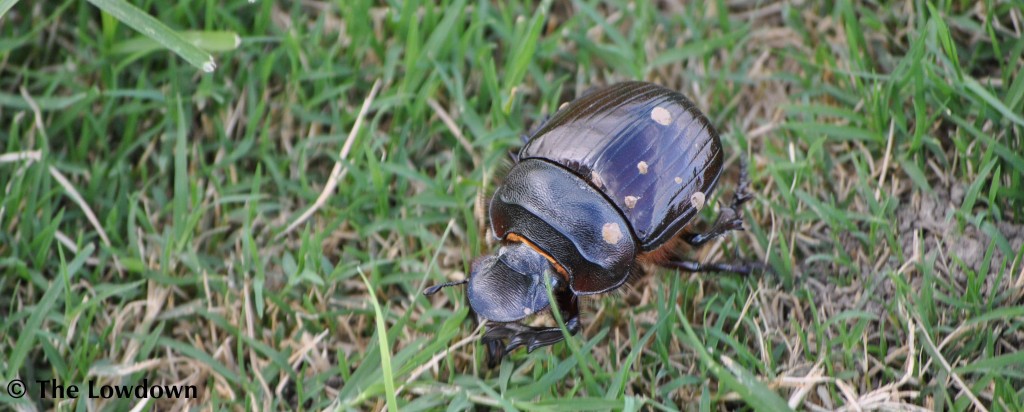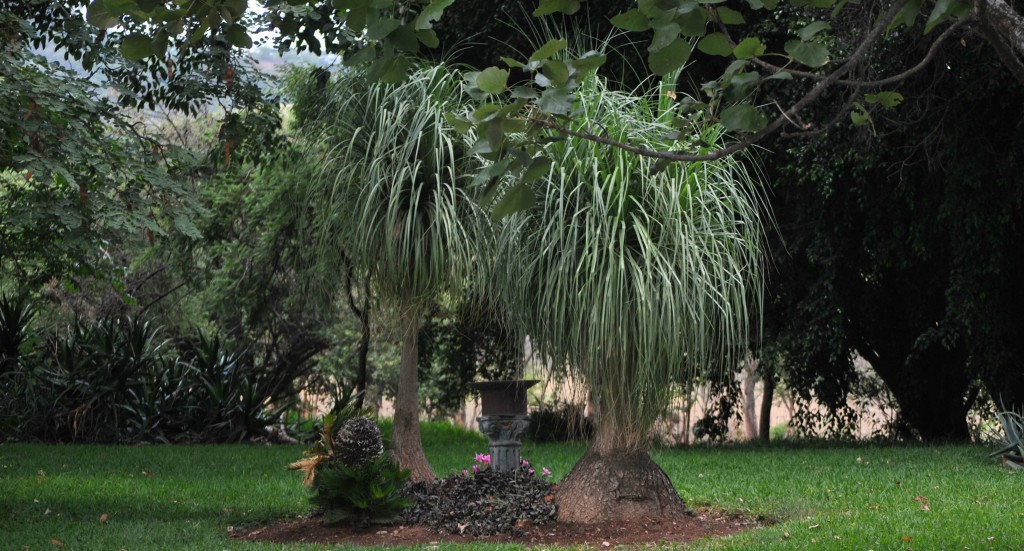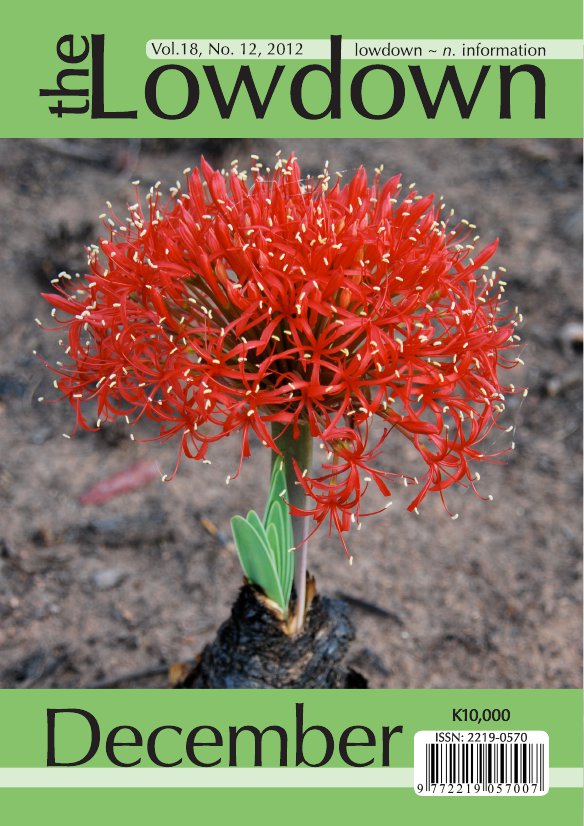 Zambia’s Railways – A Vital But Underutilised Resource
Zambia’s Railways – A Vital But Underutilised Resource
Recently RSZ (Railway Systems of Zambia) have had the concession to run Zambia’s rail system taken away.
Some would say, about time too!
Let us face it, they have not improved the infrastructure or the motive power or the rolling stock. In fact, quite the contrary, all is in a dreadful state and the system’s capability has been reduced to one-sixth of its former state. This article describes what we have got, why we got it and why we still desperately need it. The Government has promised to revitalise the rail system with massive injections of cash, but unless real know how is applied all will go down the drain as the old guard of Zambia Railways return to control. Let us hope that the good Professor Chirwa is able to overcome these initial problems and I have been bold enough to include suggestions as to part of the way forward.
But first, let us begin, at the beginning.
I would ask you to consider the alternatives available to people before the advent of railways.
Granted, in the early 1800’s, the carriage of goods and passengers in Europe could be facilitated by that marvelous invention, the canal, as well as rivers and coastal shipping. Inland, however, the stage coach or the heavy horse drawn wain, over execrable roads that had not been maintained since Roman times, was a painful and long process.
With the Industrial Revolution came the railway, its original purpose to transport materials (usually coal) to the coast. The carriage of passengers became an integral part of railway traffic with its expanded use.
Such was the instrument that developed continents. Forget the pioneering wagon train, Wells Fargo and the stage coach, it was the railway that developed America. So too the oxen span, the Cape post cart and the stage coach were all consigned to history; here came the railway to Africa.
Started in the 1850’s the railways, after a bit of a hiccup, spread out from Cape Town quite rapidly, so much so that the line had reached Kimberly and then the Reef in no time at all. Whatever imperialistic jingoism was bandied about with the idea of a Cape to Cairo Railway, the reality of the construction of the line north from Kimberly in South Africa was based on sound financial grounds.
Rhodes (Ahah, you might well have wondered when this robber baron would be mentioned, and let us dispel this dreadful smear on his character once and for all “Racialist? Nonsense; Mr. Rhodes treated Boer and Briton alike!” said Sir Percy Fitzpatrick) was unwilling at first to extend the line north from Mafeking, preferring the route from Beirato open up the hinterland. However, to quote Sir Charles Metcalfe “It was not until 1896, when his hand was forced by the Matebele Rebellion and the Rinderpest and goods were costing £200 per ton freight from Mafeking to Bulawayo, that he (Rhodes) gave the order to construct the railway with all speed. This was accomplished by 1897.
By this time encouraging reports of copper finds in Katanga fuelled Rhodes’ enthusiasm.
A route via the Kariba Gorge was discarded as the coal deposits found there were very poor. The discovery of Wankie and its huge coal deposits determined the northward thrust, the bridge at Victoria Falls, completed in 1905, was placed there with an eye to the fledgling bunjee jumping industry, across the Zambezi. Again, initial plans to head almost due north to Kansanshi were deflected by the discovery of Broken Hill (now Kabwe). The line was constructed from Kalomo to Broken Hill by 1907. Several records were established. Six miles of line were completed in a day, the last mile into Broken Hill finished within one hour and, incredibly, the huge 13 span bridge across the Kafue constructed in just over five months.
Persons waxed eloquent over the Kafue River, navigable up stream for over 200 miles from the bridge. Small steamers could provide the link to spacious farms that could be the granary of Africa etc.

A delay of two years occurred before the rail head was again pushed north. A plan to route the line via Serenje to a rail head at Mpulungu was discarded for the obvious need of the emerging copper mines inKatanga. The opening of Bwana Mukuba inNdolawas an added spur. The line passed through Ndola and into Katanga and, by 1909, a Belgian company completed the line to Elizabethville. It was further extended to Bukama and the navigable upper Congo River system by 1913.
The prime purpose of the line was the carriage of coal and goods to and export products from the mines. The carriage of passengers was a vital aspect being virtually the only reliable method of transport.
Discovery of the Copperbelt mines fuelled the next round of railway construction at the end of the 1920’s. A branch line was built to Luanshya, another from Mokambo to Mufulira, both funded by RST (Roan Selection Trust). A line was then built fromNdolathroughKitweto Chingola with a link to Mufulira. The depression stopped its onward construction to Kansanshi. It was not until the 1950’s that the final extension to Chililabombwe was made.
The demand from the mines expanded the timber industry; the longest private railway in the world from Livingstone to the teak forests of Mulobezi was constructed to facilitate that requirement.
The last stages of rail construction inZambiawere largely politically motivated. The severing of trading links withRhodesia and South Africa cut off Zambia from its vital coal supplies and its routes to ports. The development of those poor coal deposits earlier mentioned required a rail spur from Choma to Masuku built in 1972 where the aerial ropeway from the new colliery at Maamba terminated.
 The enormous project to build the Tazara line linking Dar-es-Salaam with Kapiri Mposhi was finished in 1976. It remains totally underutilised.
The enormous project to build the Tazara line linking Dar-es-Salaam with Kapiri Mposhi was finished in 1976. It remains totally underutilised.
Finally the commuter line in Lusaka, linking Matero and Chilenje with the city centre was built in 1991 by ZCCM (Zambia Consolidated Copper Mines).
The above tells you when it was all built and why it was built, i.e. primarily to serve the Mining Industry. Briefly, below, is described what was built.
The track gauge of Zambia Railways (i.e. the distance between the inside edges of the rails) is 1.067m or 3’6″ for the old fashioned. The same gauge is used throughout Central and Southern Africa and theSudan. Tazara also has the same gauge but, through an unintentional slip up (an Imperial Committee was told in error that the Sudan Railway was going to have a gauge of one metre and decided that all East African railways should conform to that), the lines in East Africa have a different gauge.
A variety of rail sizes are used but attempts were being made to upgrade all main line track to a standard 91lb to 1 yard length weight, flat bottomed rail with a 5″ base. This base size is the same as the existing 80lb RBS rail and facilitates up grading, standard sleepers and sole plates being used. Concrete sleepers continue to be installed, the rails attached to the sleepers by spring steel clips made by Pandrol.
Some steel sleepers are still used (especially the Mulobezi line) but a lot of the line remains on wooden sleepers well past their sell by date. The rails themselves are joined by bolted fish plates. It is here that the greatest weakness of the track lies. The pumping action applied by the train’s progress over the rail joints tends to depress the joints and loosen the fish bolts. Constant maintenance is required to maintain an even top to the track. Welding of the joints alleviates this situation.
The entire track is laid on a compacted formation overlaid by an ideal depth of 0.3 metre of 50 mm stone or ballast. The purpose of the ballast is to provide a resilient cushion for the track that will spread the load onto the formation, retain the track in its designed alignment and permit the rapid and free drainage of water. Much of the ballast on the system is choked with dirt. Water is retained beside any wooden sleepers, rotting them. It is essential that ballast is cleaned and maintained on a regular basis. It remains a major problem for the operator to do this.
The actual alignments and formations are as originally constructed. Earthworks were kept to a minimum, the alignment included many sharp curves of some 200 metre radius as the line rose up from Kafue to Lusaka and again on the approaches to river crossings. In places, especially north of Lusaka in the Ngwerere area, the line crossed black cotton soil which is still subject to subsidence problems.
The main line from Victoria Falls to the Congo Border is 800 kilometres long.
The “branch lines” on the Copperbelt and the one down to Musuku comprise another 300 kilometres of track.
The Mulobezi line is 163 km long. A further 60 km of sidings etc. exist. There are three interchange stations, 20 goods stations, 205 private sidings and six marshalling yards
Such is the asset that is Zambia Railways. This was concessioned to RSZ. Clever, hard headed businessmen ran this national asset at a profit albeit at less than one-sixth of its capacity. They were happy as long as the product of their mines in the Congo got to port. They cared little for the maintenance of the asset and, finally, ZR was repossessed by the Government.
In much the same way the balance of transport that the nation requires is made up by hard headed businessmen who run trucking companies on that other National Asset, the Roads!
Our poor roads. Anyone travelling up to the Copperbelt and beyond will tell you that it is little short of a nightmare, the weight of traffic that there is now on the roads.
Now, for the bad news; it is going to get an awful lot worse. The Congo mines are stirring back to life. The huge resources of Kolwezi, Likasi, Kambove and Tenke Fungurume are going to get back to work with a vengeance and all is going to come down through the main road south. The only reasons that it has not done so before are the political intrigues and the lack of electricity, a problem that is besetting us already. The road out west from Chingola is not a happy one. It is the only link to our new super mines, Kansanshi by Solwezi, Lumwana and Kalumbila further to the west. Until a new smelter is built at Kansanshi, large quantities of concentrates have to come down it to the smelters on the Copperbelt over 150 km away. All these roads will be hammered away, damaged by overuse and overloading until they are reduced, once again, to the state in which they were not so very long ago. Some of us remember them as such – it was not nice. The public and the truckers will complain and the Government, bless it, will be forced to go out and beg more money to repair them.
Consider, if you will, what is required today. First and foremost a dual carriageway is needed from the Congo border down to and round Kitwe. The next thing needed would be the construction of a dual carriageway down from the Luanshya turnoff down to Kapiri Mposhi. The last immediate requirement would be a dual carriageway by pass round Lusaka to the east before the city seizes up entirely! All of the above could cost in excess of $900 million!
What are we to do? It is obvious; put heavy traffic back on to rail where it belongs.
First of all the traffic within the Copperbelt should be examined. Even after the closure of the smelter in Kitwe, there are major material movements between the mines, all of which have adequate rail facilities to handle them. Concentrates from Nkana to Mufulira, lime from Ndola to Chingola are but two examples that should be on rail. It is suggested that Government GIVE these rail lines to the mining companies on condition that the mining companies maximise their utilisation to dramatically reduce the amount of road inter mine traffic. The mines used to have all the experience to do this; they still handle more rail traffic in a month than RSZ did in a year. If there are constraints in motive power and rolling stock there are a number of companies that would leap at the chance to provide a decent service to the mines.
Previous cooperation betwixt mines and rail worked; transit times (where money just sits), derailments and material losses were slashed; key “disaster areas” were eliminated, all to the mutual benefit and profit of mine and railway.
The mining companies should see if they can get a better deal all round so that all copper can be exported by rail; let us face it, two well guarded trains can handle the daily export of finished copper out of Zambia via Tazara or through South Africa. Zambia Railways will trot out their usual story about unfair competition with road hauliers not having to pay for road maintenance. This is a good point and the maintenance of the track should be carried out by Government. To overhaul the entire length of track would cost a quarter of the amount required for the road improvements mentioned above. The cost of continued maintenance of the track is far less than of the roads and both upgrade and maintenance would provide much needed employment for a lot of unskilled labour.
If ZR then say that they have insufficient motive power and rolling stock, they should look to repair what they have in the facilities available in Kabwe and if they still seem unable to provide the service required, they should step aside and let others use this national asset to the benefit of the nation. In every instance, the use of rail bound traffic on the Copperbelt should be encouraged rather than the current trend that led to the removal of the line to Luanshya to use on the folly at Chipata!
What of our new super mines in North Western province. There have been many plans to provide a rail link to the Copperbelt, now an even more fanciful one to link up with the Benguela line in Angola. A further plan, to build a line south from Kansanshi to Katima Mulilo and on to link up with Namibian rail at Grootfontein has the advantage of linking the mines to Walvis Bay, considered by some to be the most efficient port in Sub Saharan Africa, but at what cost; to build the track alone to Katima would need 900 million dollars! The line to the Copperbelt would link the mines to a rail system that has a major problem already, one that would require a solution before any miner would spend money on such a link. The Angolan suggestion relies on the refurbishment of the Benguela line; the Chinese are at it, still clearing land mines and rebuilding bridges ravaged by the recent war there. Again the costs are large, the result uncertain, not least the untried performance of the port facilities at Lobito. I would suggest, as an initial step, the construction of a rail line linking Kansanshi with Lumwana and Kalumbila. This would provide an efficient method of transporting the large amounts of concentrates produced to the new smelter at Kansanshi. Only then could a decision be made as to the best way to move the finished product to port. The extension of the airstrip at Solwezi and the revival of Zambia Air Cargos to fly the copper out again would not be a good idea!
The problem of the Congo remains. The completion of the renovation of the Benguela line right through Kolwezi to Lubumbashi is some years away. Furthermore there is no guarantee that the line will be operated efficiently. As such I believe that there will remain a huge demand for through traffic to the Congo. What can we do to alleviate the burden on our roads? The immediate suggestion put forward is to introduce road tolls. I believe that this is a fairly negative approach; it will not reduce traffic, just push the cost of transport up. By all means look at it but provide a sensible alternative by creating a container port at Konkola so that all through traffic may be put on to rail. There is a lot of traffic coming from Tanzania that could and should be containerised and railed through Zambia. With a little bit of effort much of the copper and cobalt materials coming down should start and continue its journey by rail throughout. Fuel to the Congo should all be transported by rail; it makes sense and safety to do so.
All of the above saves our roads, utilises our asset and makes us money and I would urge Government and the mining companies to take immediate action to achieve the above.
 The rain is here. The electricity has gone.
The rain is here. The electricity has gone.












